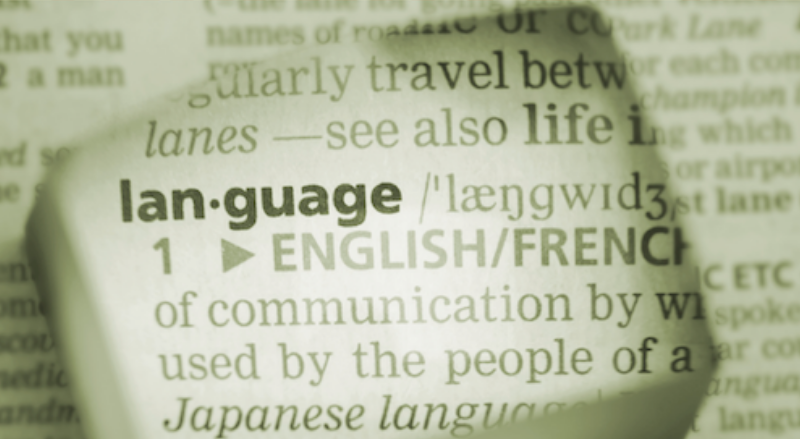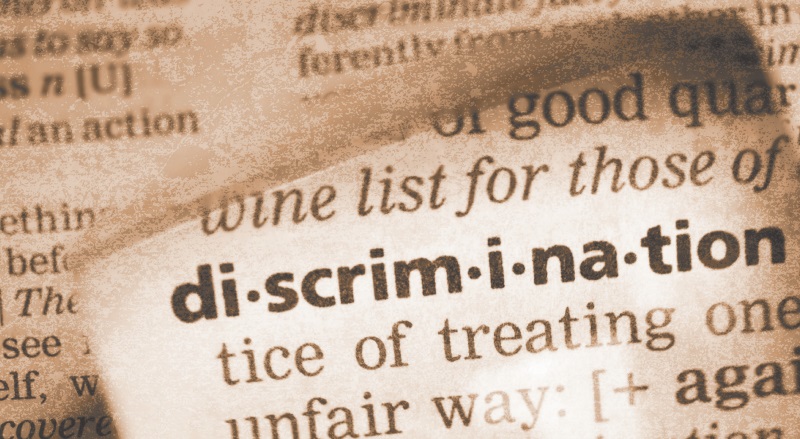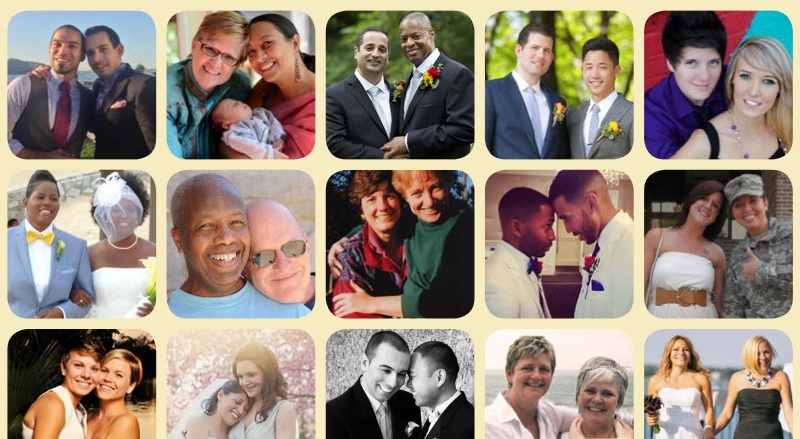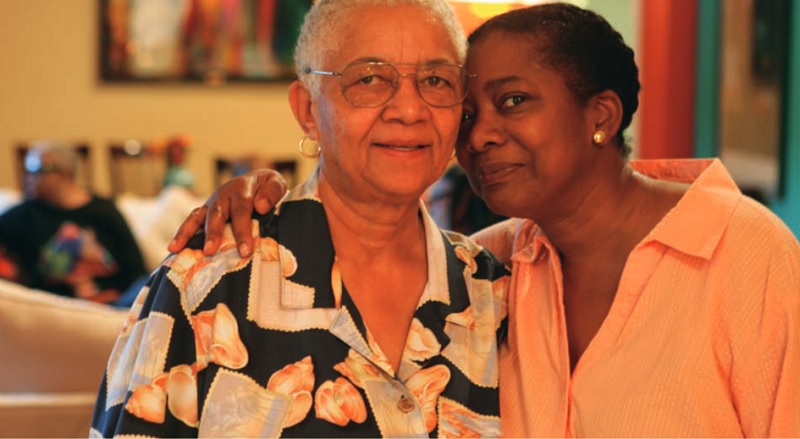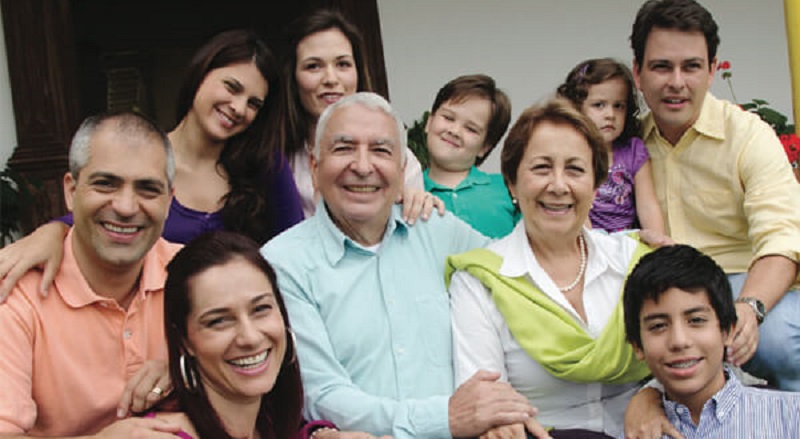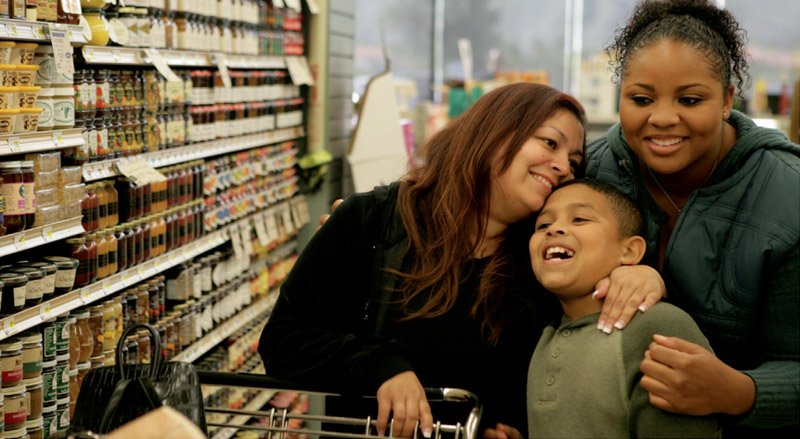
The Talking About LGBTQ Issues series is a set of research-based resources designed to help shape discussions with conflicted or undecided Americans—and help them better understand key issues of importance to lesbian, gay, bisexual, transgender, and queer (LGBTQ) people.
In conversations about marriage, employment protections and non-discrimination laws, adoption and parenting, military service or hate crimes, it can often be easy to fall back on abstract jargon or angry rhetoric that can derail discussions with those who are not familiar with the issues. These guides offer ways that LGBTQ organizations, community members and allies alike can build common ground with moveable audiences, show them how their actions (or inaction) can hurt gay and transgender people, and help them understand issues of LGBTQ equality through the lenses of their own values and beliefs.
Equality for LGBTQ people is really about basic human values and needs: the ability of everyday Americans to pursue health and happiness, earn a living, be safe in their communities, serve their country, and take care of the ones they love. And when we move away from abstract, technical language and toward discussions that connect people to common ground and common values, true understanding can take root. The Talking About LGBTQ Issues series is geared toward helping those who are conflicted or undecided better understand the issues, and toward helping them recognize the importance of and need for their support.
Updated & Featured

Talking About Conversion "Therapy" Practices
September 2025 - Conversion “therapy” practices are dangerous, discredited efforts to change a person’s sexual orientation or gender identity. Learn how to help conflicted audiences understand what’s at stake when a state-licensed mental health practitioner subjects an LGBTQ young person to these dangerous conversion practices under the guise of “therapy.”

Talking About Curriculum Censorship & Anti-LGBTQ School Bills
Updated September 2024 - Far-right politicians are trying to pass laws designed to censor school curriculum, books and teaching—and create a hostile school climate for LGBTQ students. Explore approaches for discussing these growing cultural attacks on schools, education, and LGBTQ youth and the adults who support them.

Talking About Transgender Youth Health Care
Updated August 2025 - Just like any other family, the family of a transgender young person should have the freedom to work with doctors to ensure that their child can receive the health care they need. Read more about why this care is so important for transgender youth, and why laws banning it are so harmful.
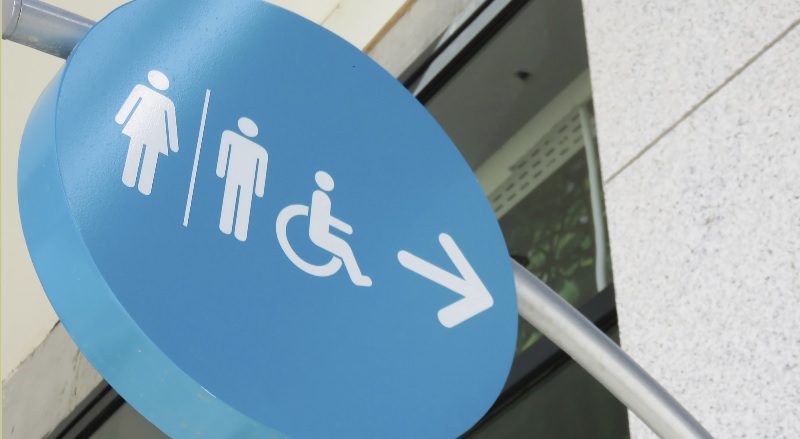
Talking About Transgender People & Restrooms
Updated September 2024 - Explore approaches for talking about transgender people and restrooms in a variety of contexts by acknowledging audiences’ feelings of unfamiliarity, inclusively emphasizing safety for all of us, and helping people understand how transgender people are hurt when they’re denied access to restrooms.

Talking ABout Transgender Students & School Facilities Access
Updated September 2024 - Every student deserves a fair chance to succeed in school and prepare for their future—including students who are transgender. This guide provides messaging approaches to build support for policies that protect transgender students’ ability to access school facilities that match their gender identity.

Talking About Family Acceptance & Transgender Youth
Updated September 2024 – Family acceptance is essential when it comes to the health and well-being of young people who are transgender, gender non-binary or gender diverse. This guide provides an overview of conversation approaches that can help parents, family and friends build and expand support for transgender youth.

Talking About Transgender Youth Participation in Sports
Updated September 2024 - Kids learn important life lessons in sports: leadership, confidence, teamwork. Amid efforts to ban transgender youth from K-12 school sports, this guide provides messaging tools that emphasize shared values and show how harmful it is to exclude transgender youth from this vital part of their education.
View more messaging guides in our archive below.









